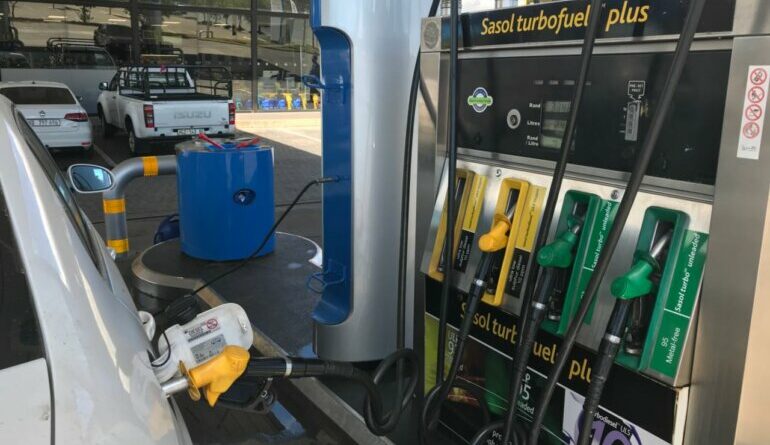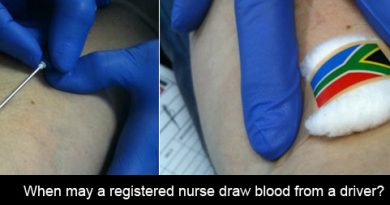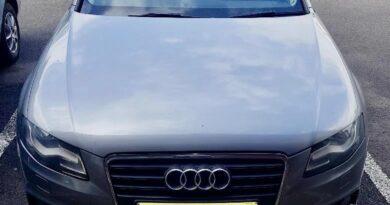Tips when filling up your car at the petrol station
We have much to be happy for in our daily lives. Now more than ever, motorists are conscious of saving costly petrol.
So, what should South African motorists know about filling up their cars with petrol to help save money?
Read on and find out what straightforward steps you can take when filling a car’s tank to help you save in the long run.1
1. Getting out of your car is a must
First and foremost, get out of your car to make sure that the garage attendant is pumping the correct fuel type into your car. It’s important for you to know, for instance, that your car does not take 93 octane petrol but can only take 95 octane petrol. What should the sulphur content be of the diesel you add to your car?1
2. Filling your car past the ‘auto-stop’
A commonly shared perception is that you should not fill the fuel tank past the first click or auto-stop. This is when the pump notices that the fuel tank is full and stops delivering fuel. Sometimes motorists advise the petrol attendant to rock the car to and froe to make space for more fuel. The question is: How much fuel should the attendant put in the tank?
Myths about the petrol pump’s first ‘click’ or auto-stop
Myths that motorists should dispel, when filling up beyond the first auto-stop, are that fuel will evaporate more rapidly and that the car will use more fuel because of the extra weight.1
Driving on a half-full tank does not save petrol
According to the weight of petrol, driving on half a tank means that an average car would carry about 20 kg less weight in fuel. This weight reduction would only cause a negligible fuel saving.1
Be careful driving with a half-full tank
When you consistently drive using a half-full tank, you’ll halve the car’s travelling range and are more likely to run out of fuel. In addition, you will need to make more frequent stops at the garage, wasting unnecessary fuel.1
Myths about driving on a near-empty tank
It’s not true that driving on a near-empty tank could cause sediment from the tank bottom to enter the engine. A filter in the tank will prevent this from happening.
Furthermore, fuel does not evaporate quicker in a near-empty tank.1
3. Checking tyre pressures
Tyre pressures must be at the recommended level to prevent wasting unnecessary fuel. An engine must work harder when moving a car with underinflated tyres due to the higher friction. This in turn raises the fuel consumption.1
4. Checking for a puncture
Ask the garage attendant to disclose to you each tyre pressure before he adjusts to the correct level. One tyre pressure markedly lower than all the others could indicate an existing puncture. And don’t forget to check the tyre pressure on the spare tyre, as well as the oil and coolant levels on your car.1

Disclaimer
This article emphasises the importance of you personally checking the fuel type and tyre pressures when filling up at a garage. This way, you safeguard yourself and your car.1
But what about protecting your car with excellent car insurance? We at PMD can help you with affordable, car insurance with fixed premiums* and reducing excess*. Using our top- class expertise, we have created specific car insurance products to suit your needs and your budget. T’s and C’s apply.
To be safe, consult a certified financial advisor for professional advice before buying car insurance products.
Source: 1https://businesstech.co.za/news/motoring/290734/tips-for-filling-up-with-petrol-including-advice-on-the-first-click/
1https://businesstech.co.za/news/motoring/290734/tips-for-filling-up-with-petrol-including-advice-on-the-first-click/
This article was prepared by Eric Sandmann in his personal capacity. The views and opinions expressed in this article are the author’s own. The views and opinions in the article should not be attributed to anyone but the author unless expressly stated. Nothing in this article should be relied upon as advice, this publication is presented for informational purposes only. No person should act or refrain from acting in reliance on any information found in this article, without first obtaining proper financial advice from the appropriate professional. The author makes no claims, promises or guarantees about the accuracy, or completeness, of any information linked from, referred to, or contained in this article. The author reserves the right, to edit and change the content of this article.




